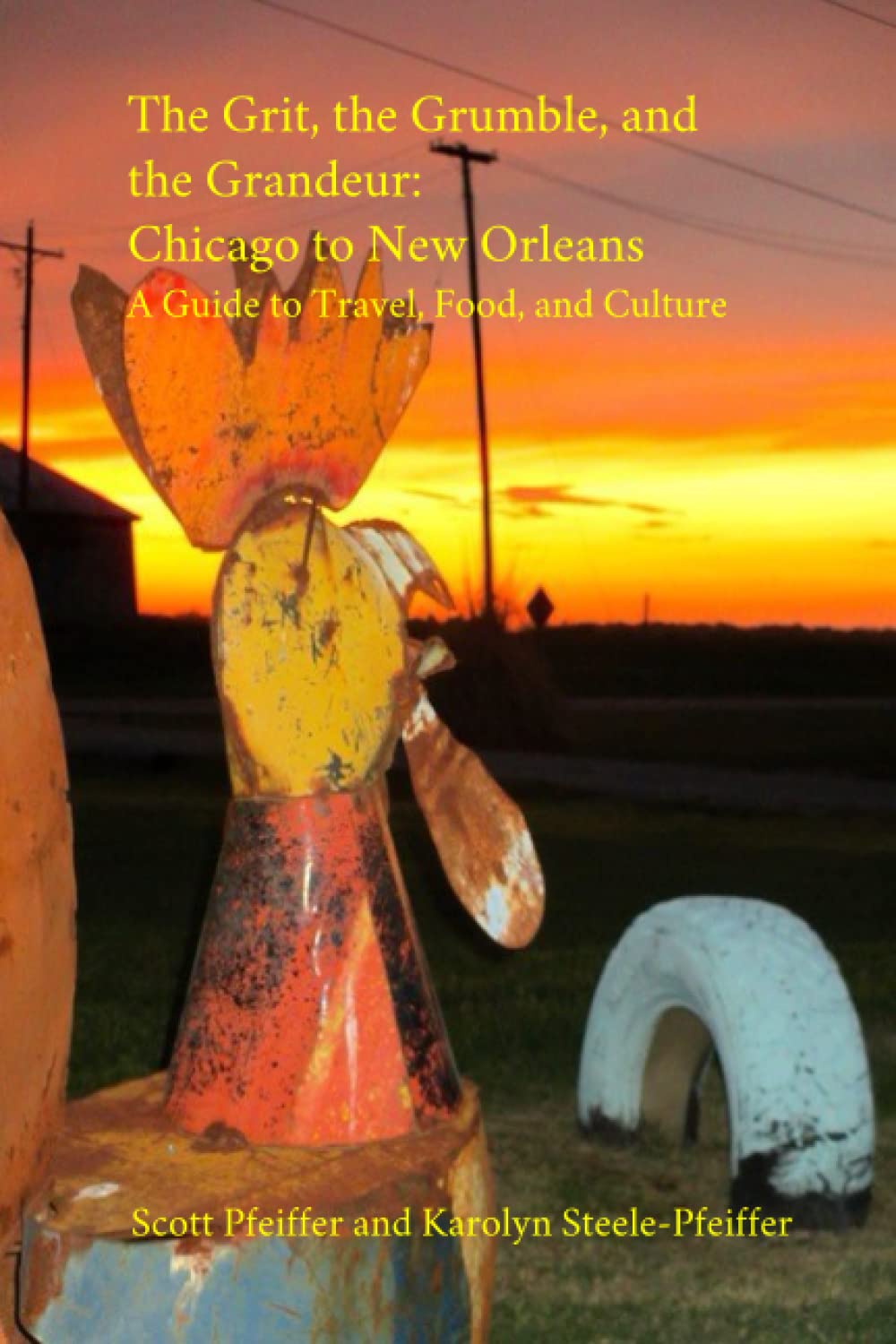| |
“Forever”
“We too were men joyful and weary like you, and now we are lifeless, we are only earth, as you see. All that is created must end. All, all around us must perish.”
--Michelangelo
I thought of Michelangelo’s words as I watched “Forever”, an extraordinary film about life, death and art by documentarian Heddy Honigmann. Honigmann took her camera into the famous Père-Lachaise cemetery in Paris where some of the world’s greatest artists rest, and spoke to the people who come from around the world to visit them. Amongst those buried at Père-Lachaise are Chopin, Proust, the actress Simone Signoret, the novelist Sadegh Hedayet, the painters Ingres and Modigliani, and that great man of cinema Méliès, who invented film fantasy (one could say that “Wall*E” flows directly from what he did). Some visitors come just to sit with them, others to talk or read to them, to water their flowers or to sing quietly or just to stand with hands clasped. (Ordinary people also rest at Père-Lachaise, and Honigmann talks to their loved ones as well; in fact she gives relatively short shrift to big names like Jim Morrison and Oscar Wilde in favor of hearing the stories of the uncelebrated yet deeply loved and missed.) As the men and women Honigmann meets talk about the artists—as they interact with the paintings, or as a young pianist practices her Chopin—their faces express what they can’t always find the words to say: art makes life worth living. I sat with tears on my cheeks as Honigmann juxtaposed shots of Maria Callas’ grave with a clip of Callas singing—so alive, so joyful—and I finally understood: the singer is dust, but when we who yet live commune with the beauty she made—we who yet feel joy and sorrow—then does the artist sing through us, and then is eternity attained.
Rating: *****
“Wall*E”
From Disney/Pixar and writer/director Andrew Stanton, a vision of the future in which man has trashed and abandoned the earth. Wall*E is a solitary little robot left to go about his job of compacting the endless mountains of garbage into little stackable cubes, sifting through the detritus of the human race, saving the odd thing such as an old videotape of “Hello, Dolly!”, which captures his fancy because it shows we humans had the capacity to love. One day a little female probe arrives, programmed to search for signs of organic life (and to blast anything dodgy), and Wall*E is smitten. From dialogue-free beginnings inspired by silent comedy the film builds to an intricate symphony of motion and sound (and a slam of thoughtless consumerism that’s right up there with “Idiocracy”). However, to my taste there’s something almost too concrete about Pixar’s sculpted 3D contours—I prefer more expressionism in my animation. (“Wall*E” pays homage to “2001”; imagine if it’d given us the Pixar update of Kubrick’s climactic light show. The mind boggles!) What I like about Pixar is they don’t do things by committee, so what you see is the vision of a specific filmmaker. Stanton’s movies tap into powerful mythical archetypes just as the Disney classics did: the ocean in “Finding Nemo”, outer space here. Campbell might say they’re in a sense voyages through our inner worlds: see “Wall*E” on a nice big screen so you can fall into the journey. It continues Pixar’s streak of making hits that are also works of art and heart.
Rating: ****
Key to ratings:
***** (essential viewing)
**** (excellent)
*** (worth a look)
** (forgettable)
* (rubbish!!)
- Jul 13, 2008
|








Reader Comments